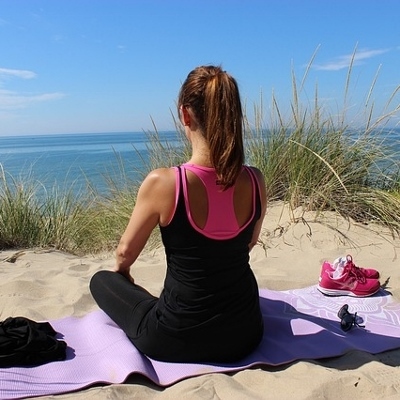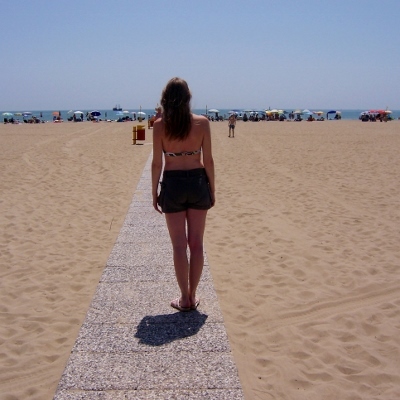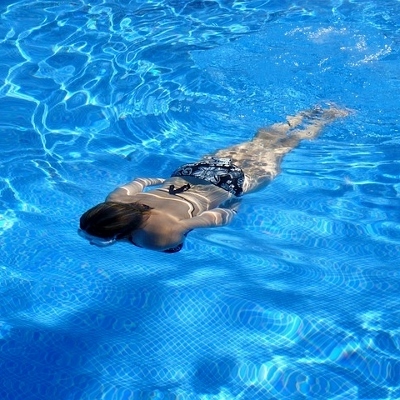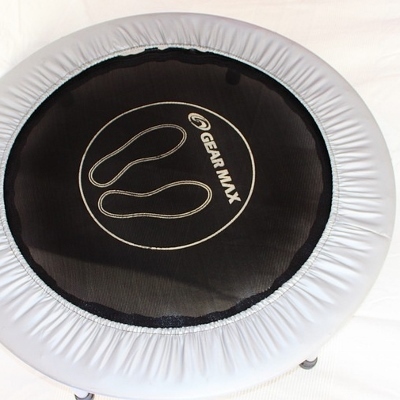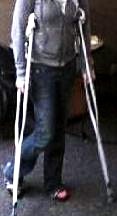 Even if you have been reduced to a set of crutches, you can still get some walking in; however, if you are on crutches, it is important to remember that you are on them for a reason. You should not overwork yourself and overuse or favor another the part of the body in order to compensate for weakness in the injured part. This could only lead to more injuries.
Even if you have been reduced to a set of crutches, you can still get some walking in; however, if you are on crutches, it is important to remember that you are on them for a reason. You should not overwork yourself and overuse or favor another the part of the body in order to compensate for weakness in the injured part. This could only lead to more injuries.
When on crutches, it is important to know how to use them. If you know how to use crutches correctly, then I am sure you know what I mean when I say that so many people use them incorrectly. Using them incorrectly is only going to hurt you or lead to inefficient practices. Plus, you will probably be hurting your arms in all of the wrong places.
The way you use them depends on your condition. Do you have some weakness in both of your legs? If this is the case, it will help you to always have three “legs” on the ground, and to walk with a left crutch, right foot, right crutch, and left foot pattern. This allows there to always be three points of contact with the floor.
If you only have weakness in one leg, then it will be smarter to stay off that leg. Using crutches in this state requires you to move both of the crutches, and then to move the weaker leg forward. Next, put all of your weight on your crutches, being careful not to hurt your upper body, and then move the other leg.
If you are looking for something a little bit faster, then you are going to be doing some swinging. To move along the quickest, all you have to do is put all of your weight on the crutches, and then swing your legs forward. Repeat. This is typically used with people who cannot use their legs at all, but if you are trying to get somewhere, this is always an option; however, I am not quite sure if you will be exercising anything other than your torso and arms with crutches.
Walking on crutches can be a pain, but it is important to try to get some movement into your daily life – even if you are gimping.


